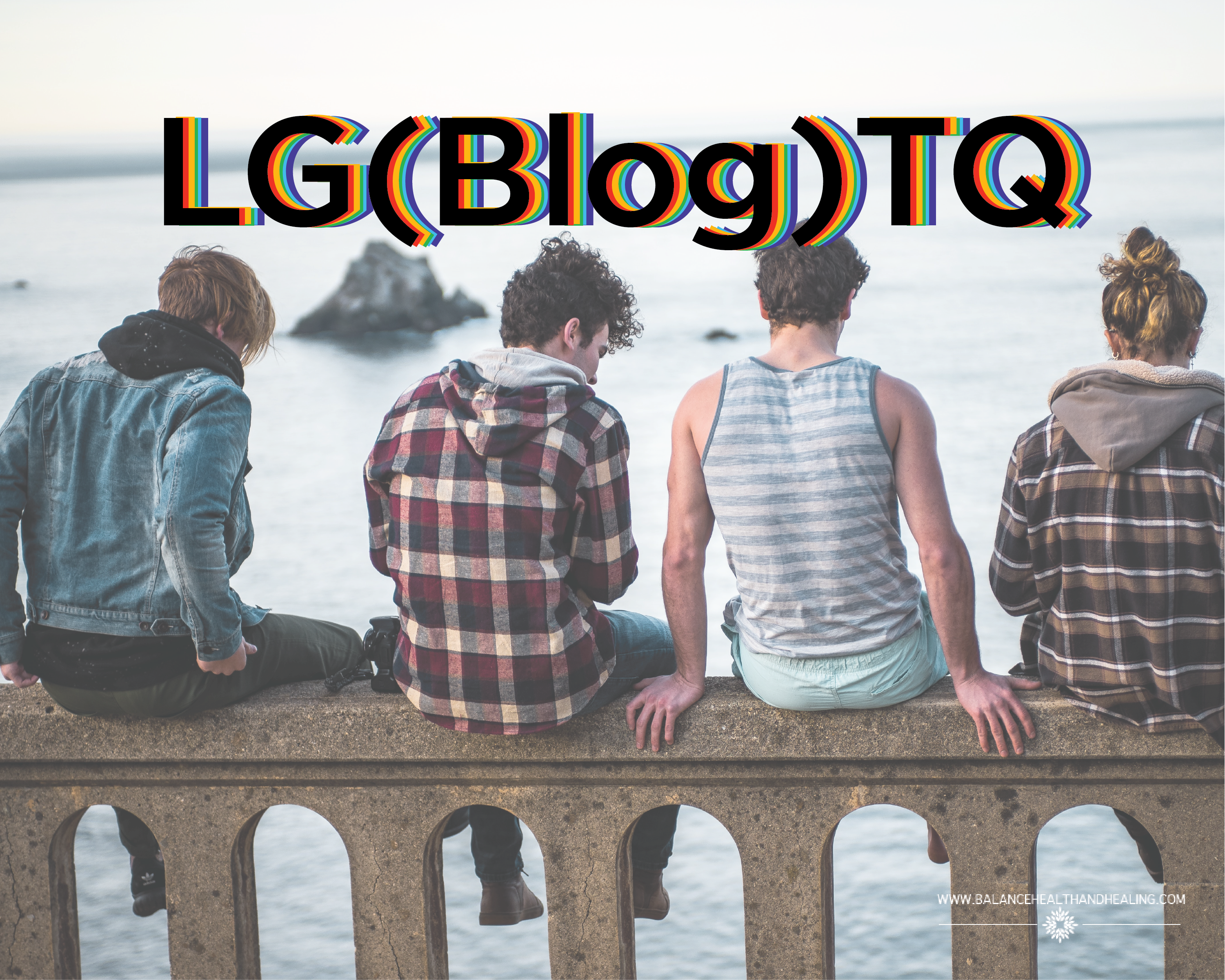Do you feel like every time you blink there’s another letter added onto LGBT? Does the term pansexual sound like a Sci-Fi novel to you? Are you confused at the difference between gender and sex? Then this is for you. In my next two blogs, I want to help provide a little bit of education on the language around the LGBTQ+ community and how families can contribute to the health and safety of this community.
I want to preface this blog entry by stating that I am a heterosexual, cisgender female (confused already? That’s okay. We’ll get to that.). I say that to own that I don’t truly understand the experience of individuals who identify in the LGBTQ+ community and may miss some pieces or nuances. However, I do want to help provide some education to the best of my ability. My hope is that, whether you agree or not, that you are able to learn and understand this community a little better. So, let’s start with a breakdown of some key terms and differences:
Biological Sex
This indicates the physical sex characteristics that an individual is born with and develops. This includes genitalia, body shape, voice pitch, body hair, hormones, chromosomes, etc. This category operates on a spectrum from male to female. The middle of the spectrum is called intersex, which are individuals who are born with a combination of both male and female biological sex characteristics (ex. XXY chromosomes, ambiguous genitalia, or internal organs that don’t match the genitalia).
Gender Identity
This is an individual’s personal sense or internal definition of their gender as male, female, both, or neither. This can be the same as or different from one’s biological sex assigned at birth. By the age of four, most children have a stable sense of their gender identity.
Important terms:
- Gender binary: this is the idea that there are only two genders: female and male. However, gender can
 also be viewed as a spectrum (as will be discussed below).
also be viewed as a spectrum (as will be discussed below). - Gender non-binary: an individual who does not identify strictly as a boy or girl (could be both or neither)
- Cisgender: the biological sex you were assigned matches the gender that you identify as. For example: having “Male” on one’s birth certificate and identifying as a boy/man.
- Transgender: a person whose gender identity does not match their biological sex. For example: have “Male” on one’s birth certificate and identifying as a girl/woman.
- Gender Fluid: an individual whose gender identity is flexible and may fluctuate between genders or feel varying levels of multiple genders at the same time.
- Agender: an individual who does not identify with any gender.
Gender Expression
The way that an individual presents or expresses their gender externally through action, dress, and demeanor based on gender norms of femininity and masculinity within a culture. American culture is predominantly gender-binary (think pink and blue gender reveals, Barbies and Hotwheels). But you may have already seen in your lifetime that the norms of expressing femininity and masculinity in American culture has evolved (women wearing pants or having tattoos, men with longer hair or expressing vulnerable emotions) and will continue to evolve. These norms are also different in other cultures (think Polynesian men in “lavalavas”, a type of cloth wrap worn around the waist). It is also important to understand that gender identity and gender expression are separate. For example, a cisgender boy wearing a dress does not mean that they are transgender.
Sexual Orientation
Who an individual is emotionally, romantically, and/or physically attracted to. It is again important to understand this is separate from gender. For example, it is sometimes common to assume that someone who identifies as a girl who likes to play sports and has short hair is a lesbian, when that might not be the case.
Types of Sexual Orientations:
 Heterosexual: people attracted to those of the opposite gender identity (gender-binary). Also referred to as
Heterosexual: people attracted to those of the opposite gender identity (gender-binary). Also referred to as
Gay: people attracted to those with the same gender identity as themselves. Gay females may sometimes prefer to be regarded as
Bisexual: people attracted to those with the same gender identity and those with another gender identity. These attractions may be to varying degrees and change over time.
Asexual: people who do not experience sexual attraction
Pansexual: people who do not limit their attraction based on biological sex or gender identity/expression
I want to clarify that this list is not all-inclusive and is something that is constantly evolving to provide language for people’s experience. I hope that you were able to learn or understand something better after reading it. If you have any questions, feel free to comment below.

